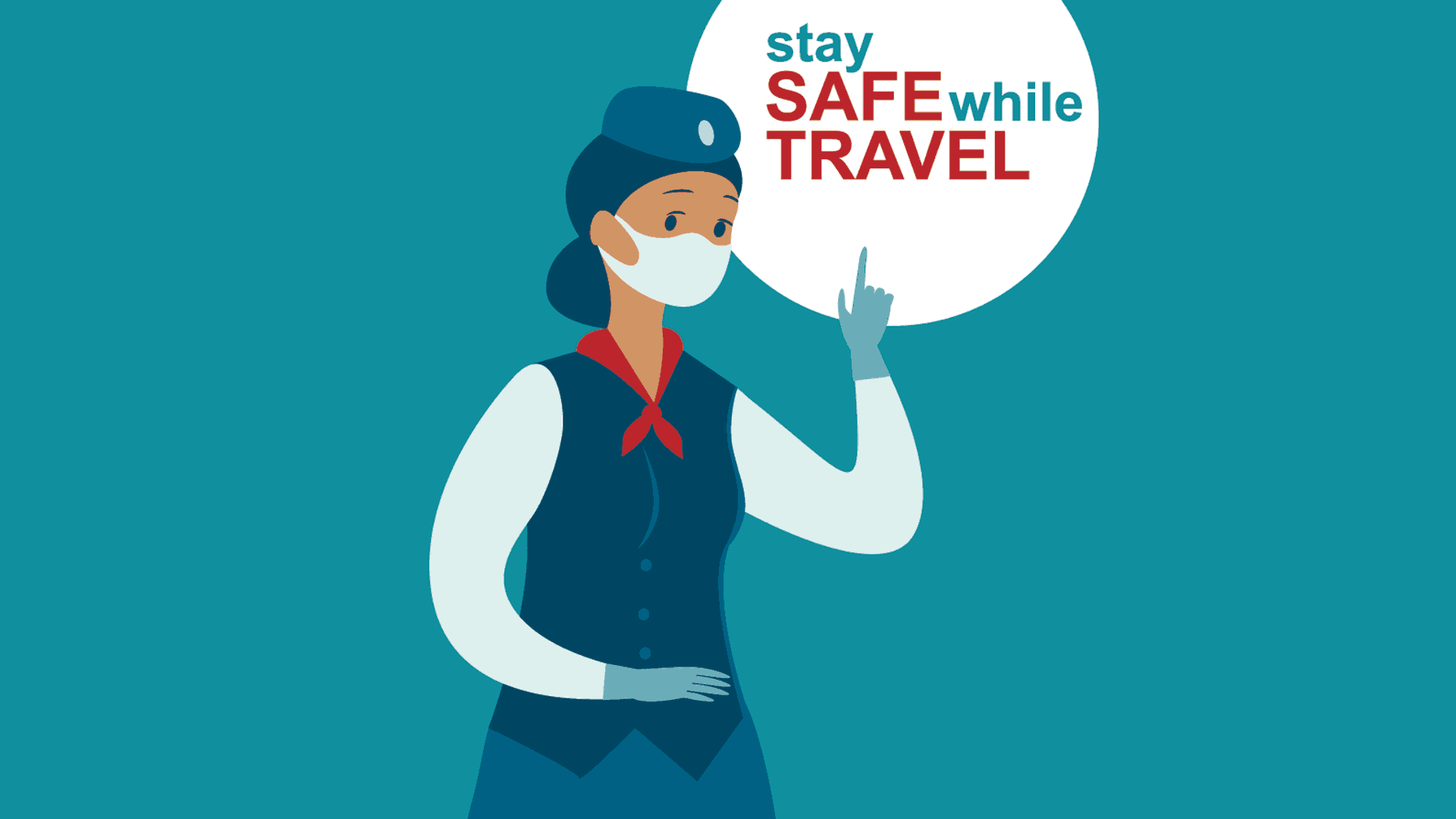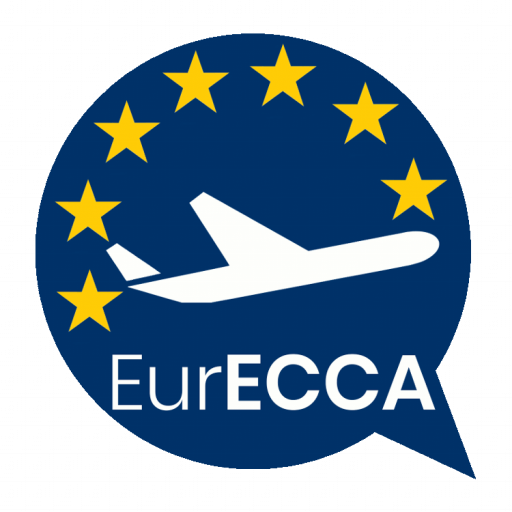Cabin crew general occupational health and safety protection
The current COVID-19 crisis has clearly shown that cabin crew, after health workers, are among the most exposed workers to this and other viruses, primarily because it is almost impossible to ensure a clean workplace or to implement the recommended social distancing measures in the confined space of an aircraft.
Before the COVID-19 emergency the occupational health and safety (OH&S) legislation required the evaluation of the risks to the working population taking into account variables that profoundly impact workers’ susceptibility to professional risks. These variables include age, the geographical origin, gender and also the contract type and specific job description.
In light of the widespread impact of COVID-19, it is very clear now that employers need to urgently review and upgrade their risk assessment and to implement improvement initiatives.
The search for compatible solutions that can protect the different professions involved and the identification of those most exposed to risk is also fundamental; this needs to be done on the basis of the accurate examination of the tasks to which workers are assigned (i.e. cabin crew risks are different from pilot’s ones).
Nevertheless, a lot can be done and this is the perfect time to do it.
Proposed way forward:
IATA states that we have to facilitate a “restart” of international airline aviation and in the area of the so called “Key elements” the whole OH&S shall be reviewed;
OH&S best practices specific to the airplane as a workplace should be clearly identified and some sort of binding rules and relevant Acceptable Means of Compliance should be defined by law;
Recommendations are not enough anymore, especially if they are not organised in a comprehensive manual and used like the AMC (Applicable Means of Compliance) for the FTL. Procedures, training, PPE (Personal Protective Equipment), hygiene practices should be covered;
It is necessary to find a suitable way to obtain common rules in the EU Aviation sector;
It is necessary to define which authority supervises and provides support in the application of OH&S on the airplane and in the airport, at EU and at national level;
In order to enable a level playing field for OH&S in aviation, it needs to be defined at EU level, and should include cabin crew duties and mandatory training syllabus, ideally also recruitment syllabus;
Taking into account that cabin crew duties are expected to change and increase with the COVID-19 crisis, cabin crew need to be able to carefully monitor the situation in all airlines. It should be mandatory for all airlines to provide cabin crew with suitable equipment and not to instruct crew to complete tasks with insufficient time to complete them. 25 minutes turn arounds were not realistic before and are certainly not at all realistic today. Cabin crew in specific airline models have to pretend that all tasks are accomplished in the time expected (between 7 and 10 minutes), just to avoid disciplinary action or losing their job directly;
We should reinstate the cabin crew qualification: Cabin crew are safety personnel first and foremost and this has to be documented and enforced;
Sales and other non-safety related tasks must remain secondary. Crew and an airline’s procedures can contribute to the spread of viruses if not dealt with correctly;
With the COVID-19 outbreak operating cabin crew were subject to an even more stressful working environment, wearing PPEs and distress caused by both the fear of getting sick and having to deal with an increase in anxiety from the passengers;
Competition between airlines can no longer be related to OH&S, public health is at stake. A level playing field must be achieved when it comes to OH&S, as is already the case with the “working time” (FTL);
EurECCA calls for a set of rules to oblige all airlines to give all crew members adequate INSURANCE cover against work-related injuries and illness. Currently there are no minimum standards for crew and the legislation protecting passengers excludes crew members. In some European countries COVID-19 has been recognised as a professional injury for some categories of workers irrespective of whether it was contracted at work or outside work, but purely based on the profession;
In our profession the hidden dangers are always present as well as unpredictable behaviours like spitting, scratching, vomiting, coughing, sneezing so all cabin crew must be considered at risk of getting infection, with no difference from country to country;
Training has to be enhanced and included in the professional curricula for cabin crew. We need to have the ability to move from our current profession to another similar one in the field of emergency, safety, security, and rescuers. We are important skilled safety personnel and this should be recognised at EU level;
Sickness absence must NOT lead to disciplinary actions or loss of salary. The current crisis has highlighted and made exceptionally clear the importance of NOT going to work when sick as cabin crew can also spread infections. If cabin crew are sick then we should still be paid the same as any normal working day and not punished for being responsible.
Guidance:
Travel should be allowed only in a sterile environment. It is necessary to take into account that infection is not always detectable with symptoms or temperature so everyone (including crew) should be considered as potentially infectious. This is not aimed at preventing everyone from flying, but to ensure adequate precautions in terms of prevention while on board.
Airports must be responsible for giving PPE to passengers so that everyone who enters the airplane wears a surgical mask and feels confident that everyone has the same level of protection. The airports distributing masks should also provide information on how to use the mask correctly and how to behave on board. The crew can then go beyond these rules, as we already do for the normal safety briefing.
In addition to PPE and social distancing, new technology should be introduced as it is tested and becomes available. For example; ultraviolet lights that destroy viruses without hurting humans are being tested by Columbia University; scientists are saying that these lights would be effective in airplane cabins, airports, hospitals and schools.
Safer work practices (Standard Operation Procedures -SOP and Safety Emergency Procedures -SEP) should be made mandatory for every airline so that there are no more low cost OH&S practices or OH&S risk assessments constantly in need to be reviewed.
Precautionary measures (preferably collective ones) ie better procedures or technology, rather than uncomfortable Personal Protective Equipment -PPE) should be maintained and not discontinued after the COVID-19 emergency. Bio risk on board and hidden dangers are always possible. The combination of both is necessary.
There is a need to strengthen current company procedures taking into account the hidden biohazard risk. Biohazard is defined as a biological agent, organism or substance that poses a threat to human health. It includes bacteria, viruses, spores and toxins that impact negatively on human health. Biohazard is a constant risk unless a disinfection is made mandatory (via spray or via light).
New light technology should be used on airplanes to sanitise the toilets, for example after each use. Other acceptable means can be used in the meantime, such as proper cleaning at every turnaround and 1 toilet dedicated to crew, on flights where cleaning is not possible during turnaround.
A wellbeing policy should be made mandatory and adhered to like the Just Culture one. It is important to educate cabin crew to be more resilient and to effectively cope with a fluid situation where it may be necessary to deal with potentially shocked passengers who can become disruptive (like after September 11). While there is a EU Aviation Wellbeing Committee and the implementation of a Regulation on mental fitness of air crew, if this topic is not implemented before the new Regulation come into force cabin crew are at risk. As the current situation stands, cabin crew are tested and not helped, and can face instant dismissal. Peer Support should be available for cabin crew, as is currently the case for pilots.
As social distancing is impossible on-board a plane, other acceptable precautions must be achieved. PPE is the best solution. The main OH&S principle is that collective protection has to be looked at, before turning to PPE. Of course now PPE is necessary but wearing it (especially in a plane for long hours with no fresh air) is not comfortable, especially when ventilation is not working or long duty hours are scheduled. PPE, such as masks, can also prevent cabin crew from properly communicating and as they can be a vehicle for microbes, they need to be used appropriately and changed whenever necessary. Suitable PPE should be available and specific training should be provided.
Minimum time to complete all the cabin crew tasks should to be determined (ie. how much time is needed for cabin crew to properly check for lost property plus tidying the cabin, etc.)
Masks for passengers and Cabin Crew:
- Passengers: Surgical masks provides wearer protection against any possible transmission. Has to be changed every 4 hours.
- Cabin Crew: FFP2 (EU) reduces wearer’s exposure and is valid 24 hours.
The role of cabin crew is predominantly to ensure safety. Crew have to remain confident when they work and as their duty is to act as rescuers if needed, it is critical that their health is not put at risk.
Social distancing is not always possible due to the nature of the work because of their job. Hidden dangerous goods and unexpected emergencies including bio hazards are always possible.
IATA has just said that they support “face coverings” for passengers and this means that they can come on board with just a simple scarf or homemade covering to cover their face, which potentially does not have any degree of protection against emissions to others!
So passengers and crew are NOT protected unless everyone respects social distancing!
The right to refuse to work in case of substandard equipment or procedures has to be made clear and enforced in all Member States and at European level. This is necessary in order to protect the crew working for some specific employers, who often do not comply with any rules they don’t like. This is the case in times when there are no binding rules. Uncertainty in rules creates too much anxiety and stress for the operating crew and this is not acceptable.
Protective measures:
- Anti-bacterial wipes : Mandate cleaning of all shared equipment before use:
- interphones;
- demo kits the best way to sanitize it is via sanitizing spray that can be done before every crew use.
- Cabin Crew uniform: Crew uniform should be properly stored and professionally cleaned, and not brought back to the cabin crew’s home, where it could come into contact with their and their families’ own clothes.
- The employer should provide showers and changing rooms for crew in order not to bring home potential bio hazards; This is something mandatory for cleaners and some other working activities including sanitary; The uniform itself should be defined as Personnel Protective Equipment or at least workwear.
- Eye protection: Glasses or visor mandatory as personal physical barrier;
- Gloves: mandatory and given as a PPE to each crew member;
- Hand Sanitiser: Hand sanitizer given as a PPE to each crew member plus some spare always available on board;
- Masks FFP2: Mandatory to be given as a PPE to each crew member;
- Sanitary caps: disposable sanitary caps to be used on the interphones and changed after each use;
- Sanitary WC covers : toilets (crew toilets), it protects from biohazard and must be at disposable/mandatory unless there are other viable alternatives to sanitize is available during the day. One toilet must always be dedicated to crew ;
- Sprays: To be used prior to boarding, or once all pax on board.
EurECCA represents, protects and develops the rights and needs of cabin crew all over Europe


